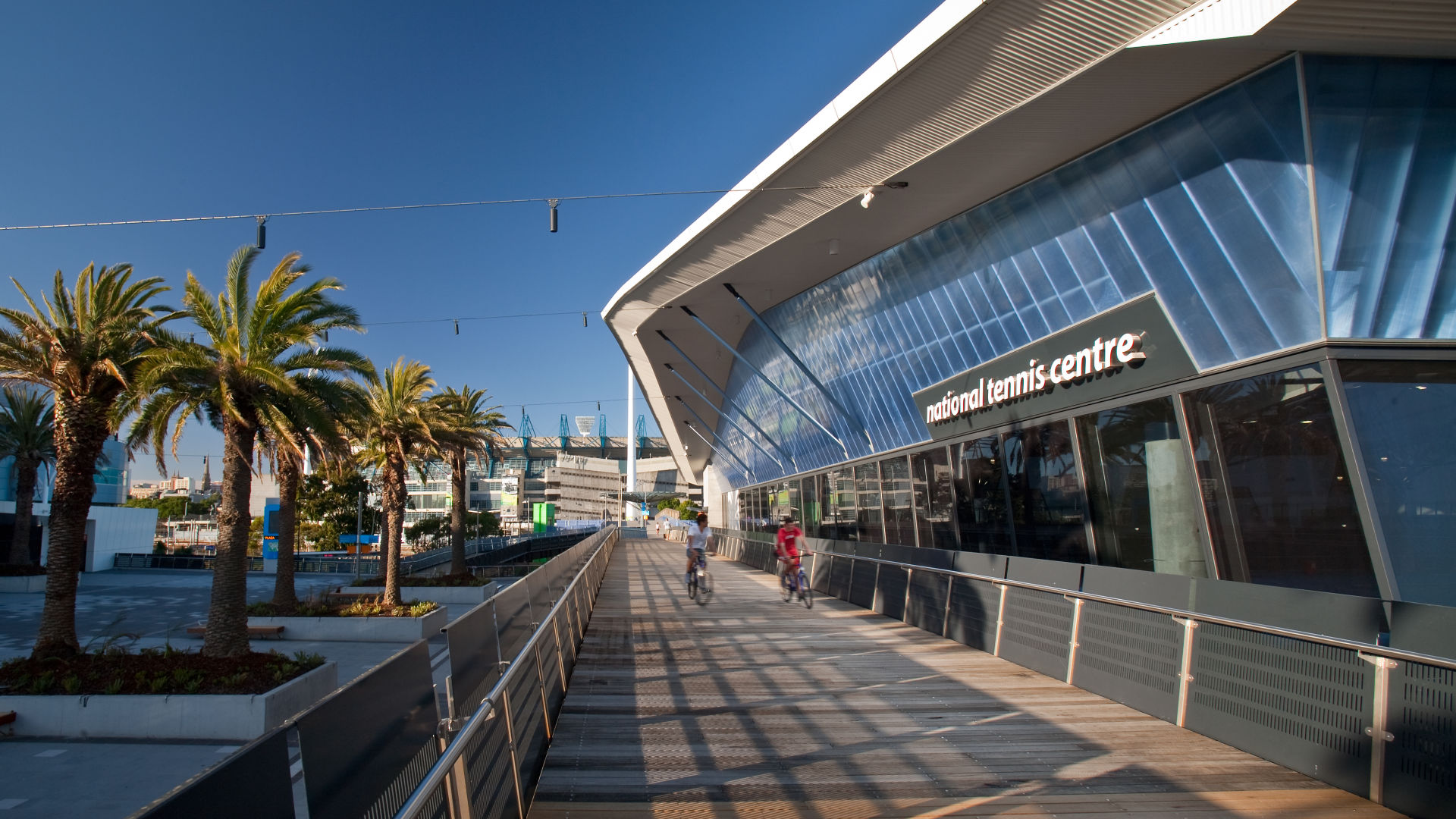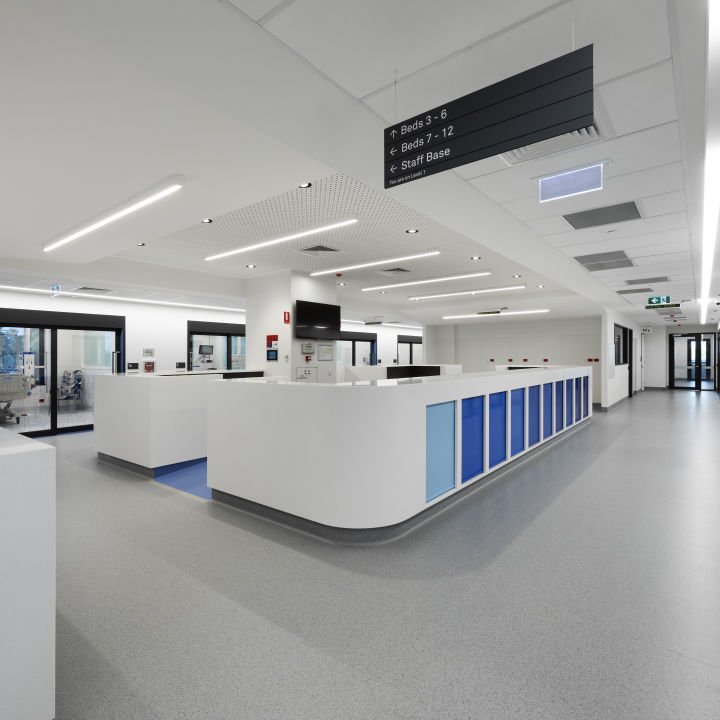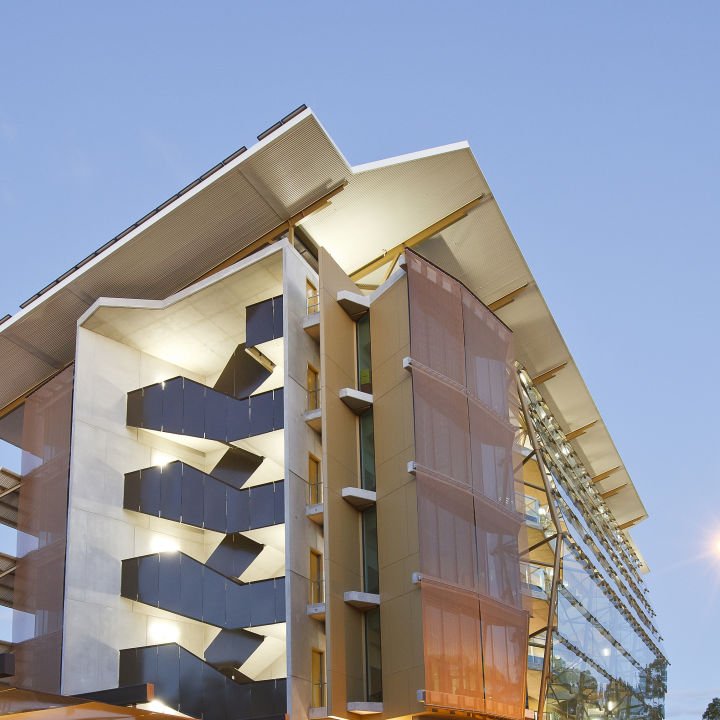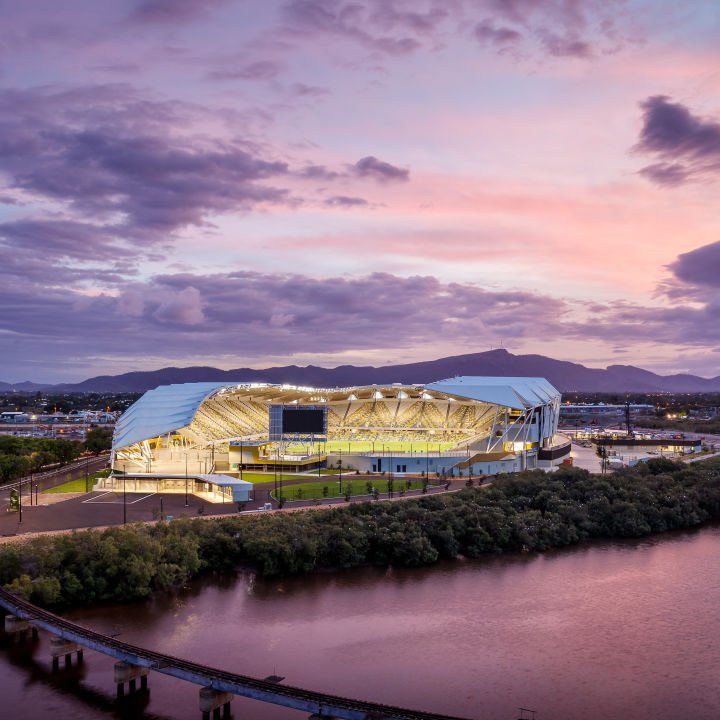
Land Remediation
Melbourne Park Redevelopment
#Melbourne Park Redevelopment
Home to the Australian Open, Melbourne Park is one of Australia’s most recognisable sporting venues. However, the site of this now stellar sporting complex was not always as glamorous; historically used as a train servicing depot.
Its industrial past resulted in over 18,000 cubic metres of highly contaminated soil at the site, which we discovered after being contracted to deliver the Melbourne Park Redevelopment and the new National Tennis Centre.
Recognising the scale of the challenge, our team engaged with the key stakeholders and devised a strategy to excavate a burrow pit to dispose of the material under the future clay courts. A capping layer was then applied to the area to control the contaminated substance. The benefits of this solution were twofold: EPA guidelines were achieved by reducing the impact on the environment, and the project benefited from a considerable cost saving.
Our team established advanced sediment and erosion controls as part of our strategy to manage the large scale of contamination present on this project. The contamination management plan included the implementation of a filtration system for runoff as well as regular groundwater and surface water testing in accordance with our soil testing program. These measures were especially important due to the proximity of Melbourne Park to the Yarra River, an iconic waterway and vital ecosystem.
#Awards
Gold Rating
Leadership in Energy and Environmental Design (LEED)
#Case Studies

Live Environment Expertise
Casey Hospital Expansion Project

Land Remediation
Melbourne Park Redevelopment

Sustainable Energy
Sir Samuel Griffith Centre

Fauna & Flora Protection
Queensland Country Bank Stadium

Contaminant Management
Newstead Series Apartments